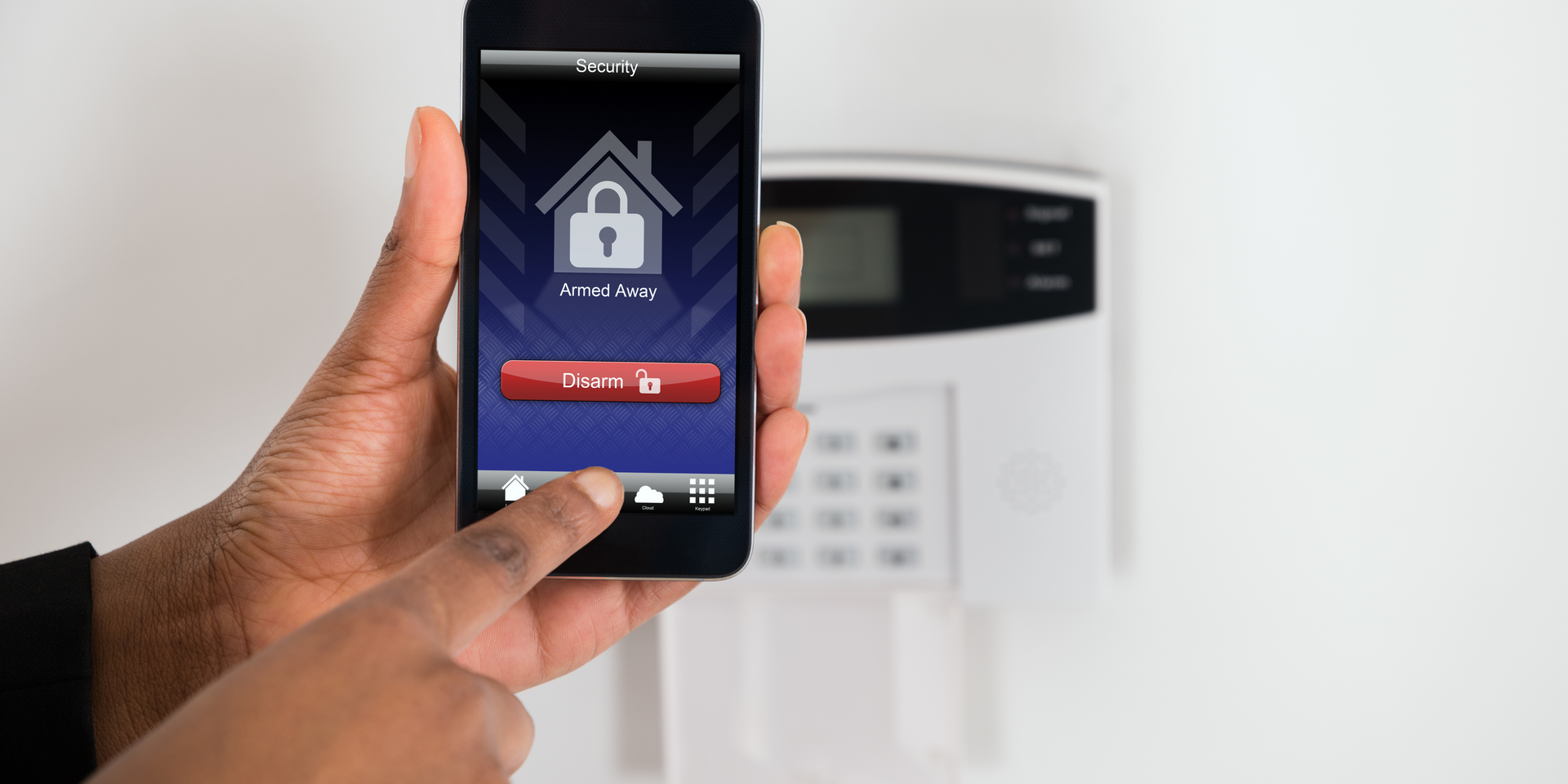Process Alarms
What are alarms used for?
It
plays a vital role in ensuring safety, efficiency, and operational excellence in many industries. These alarms are designed to alert personnel about critical issues within industrial processes, allowing for quick responses to prevent downtime or accidents. In this article, we will explore various aspects of alarm management systems and how they are crucial for process control and safety.

What is an Alarm Management System?
An alarm management system is a comprehensive approach to the design, implementation, and maintenance of alarms within a process environment. This system aims to ensure that alarms are effectively managed to prevent alarm floods, reduce human error, and increase operational safety. The ISA (International Society of Automation) alarm management standards are key in this process, providing guidelines that help optimize the alarm system's reliability and responsiveness.
What is a State of Alarm?
A state of alarm refers to a situation in which an alarm is triggered, indicating that a process condition has reached a critical point requiring immediate attention. Alarm management for process control ensures that these states are properly categorized, prioritized, and acted upon by personnel. Properly managing these states can help mitigate potential risks, prevent equipment damage, and ensure operational continuity.
What is SCADA Alarm Management Software?
SCADA (Supervisory Control and Data Acquisition) alarm management software is a specialized tool designed to monitor and control alarms in industrial settings. It integrates with SCADA systems to provide real-time notifications and management of alarm events. This software is essential for overseeing large-scale industrial processes, as it enables automated responses and ensures that personnel are alerted promptly to any critical situations. Alarm management software is key to maintaining safe, efficient operations.

What Are Alarms Used For?
Alarms are used to monitor critical parameters within a system, ensuring that any deviation from set thresholds is quickly detected. In industrial settings, they are crucial for monitoring variables such as temperature, pressure, flow rates, and levels. When these parameters exceed or fall below safe limits, alarms are triggered to warn operators of potential hazards. The IEC 62682 standard provides guidelines for alarm systems, helping industries design and implement alarms that meet safety and operational requirements.
EEMUA Alarm Management
The EEMUA (Engineering Equipment and Materials Users Association) alarm management standards are a set of best practices designed to ensure the effectiveness and safety of alarm systems. These standards focus on the reduction of unnecessary alarms, the proper prioritization of alarms, and the clarity of alarm signals to improve the response time and efficiency of operators. Adhering to EEMUA standards is vital for maintaining an effective alarm management system that meets both safety and operational goals.
4 Types of Alarm Systems
Alarm systems can be classified into several types based on their purpose and design. The four most common types of alarm systems include:
- Process alarms – Triggered when a process parameter exceeds or falls below a predefined limit.
- Safety alarms – Activated when safety thresholds are violated, requiring immediate attention to prevent accidents.
- Maintenance alarms – Alert operators to the need for maintenance or repairs in equipment or systems.
- Warning alarms – Provide early warnings about potential issues, allowing operators time to take preventive measures before a critical failure occurs.
Each type of alarm system plays a unique role in ensuring the safety and efficiency of operations within industrial processes.

Which Are the Standards for Alarm Management?
The standards for alarm management are essential for ensuring that alarms function properly and are integrated into a system that maximizes safety and operational efficiency. Key standards include:
- ISA-18.2 – A widely adopted standard for alarm management in the process industries.
- EEMUA 191 – A guideline for the design, implementation, and maintenance of alarm systems.
- IEC 62682 – An international standard for alarm management that helps industries improve the effectiveness of their alarm systems.
These standards outline best practices and guidelines to reduce alarm floods, prevent operator fatigue, and ensure that alarm systems provide clear, actionable alerts.
Conclusion
Alarm management is a critical component of process control, ensuring safety, efficiency, and operational excellence. By adhering to recognized standards such as ISA-18.2, EEMUA, and IEC 62682, industries can develop systems that effectively manage alarms and mitigate risks.
o learn more about improving your alarm management system,
contact us today for expert guidance and implementation services.
You might also like



